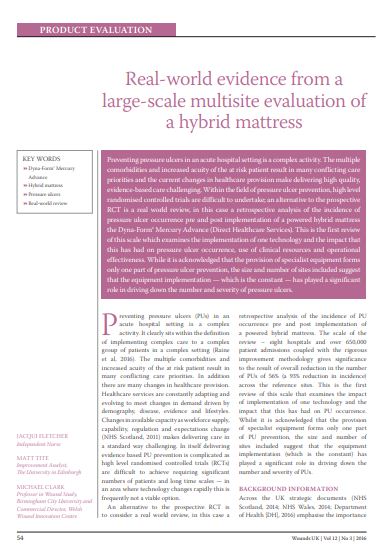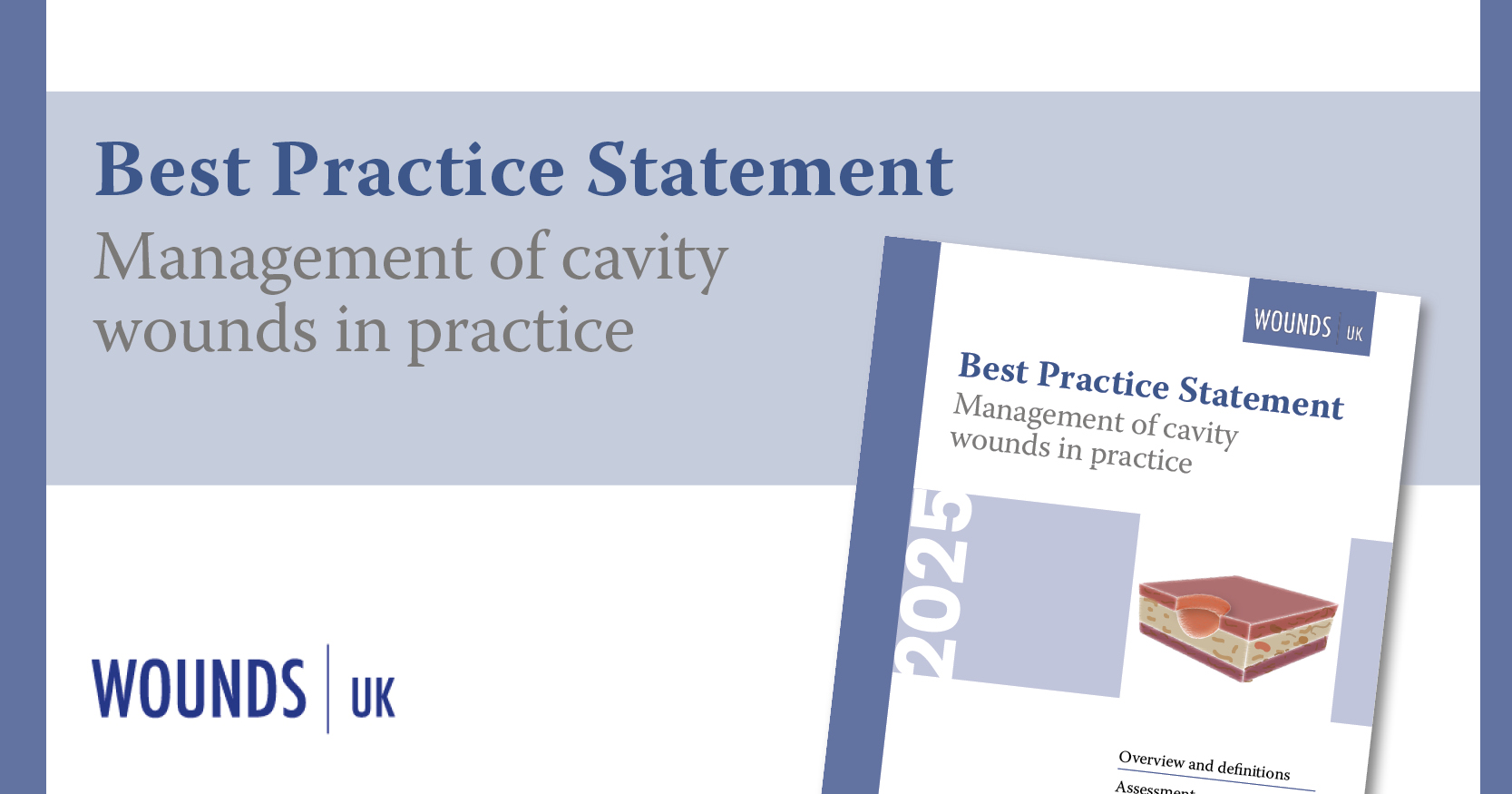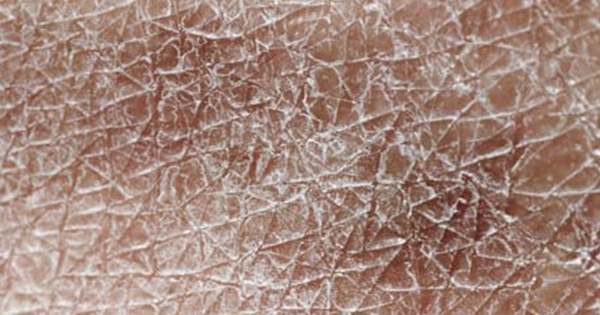Preventing pressure ulcers in an acute hospital setting is a complex activity. The multiple comorbidities and increased acuity of the at risk patient result in many conflicting care priorities and the current changes in healthcare provision make delivering high quality, evidence-based care challenging. Within the field of pressure ulcer prevention, high level randomised controlled trials are difficult to undertake; an alternative to the prospective RCT is a real world review, in this case a retrospective analysis of the incidence of pressure ulcer occurrence pre and post implementation of a powered hybrid mattress the Dyna-Form® Mercury Advance (Direct Healthcare Services). This is the first review of this scale which examines the implementation of one technology and the impact that this has had on pressure ulcer occurrence, use of clinical resources and operational effectiveness. While it is acknowledged that the provision of specialist equipment forms only one part of pressure ulcer prevention, the size and number of sites included suggest that the equipment implementation which is the constant has played a significant role in driving down the number and severity of pressure ulcers.







